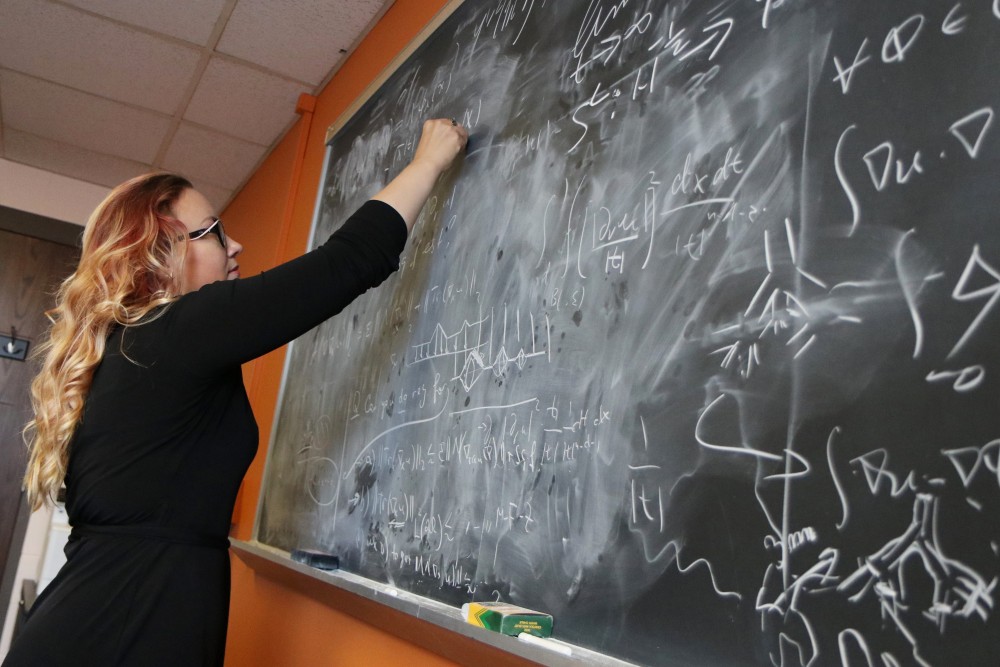The University of Minnesota was awarded $8 million by the Simons Foundation to study the science of wave localization through international collaboration.
The four-year award, given earlier this month, will bring together a group of 10 researchers and experts from Europe and the U.S. to develop a unified understanding of wave localization. In addition to experts, money was allocated to allow a large team of graduate students and postdoctoral researchers to learn alongside the principal investigators.
The project, called the Simons Collaboration on Localization of Waves, is directed by Svitlana Mayboroda, a University professor in the University’s School of Mathematics.
“Waves are everywhere in everyday life,” Mayboroda said. “That applies from songs to light to microwaves to Wi-Fi signals and to a lot of other things.”

According to the Simons Foundation website, quantum mechanics proved that all matter has a wave-like character at the atomic level. Recently, it’s become possible to map material atom-by-atom and manipulate individual atoms. This provides researchers with precise measurements of a world that has many irregularities — dimensional, structural, orientational and geometric — at the same time.
These abnormalities affect waves in a very different way. In complex, irregular or random media, waves frequently exhibit a behavior known as “localization.” Instead of spreading over extended regions, waves remain confined in small portions of the original domain.
Wave localization was discovered roughly 60 years ago, but some aspects are still not fully understood.
“Imagine you have a bathtub or pool and it’s filled with water,” said Marcel Filoche, a physicist at the École Polytechnique in France and a collaborator on the project. “If your pool is rectangular or oval shape and you start clapping on one side, you will have waves going back and forth.”
But if the pool is shaped irregularly then some waves will stay at a higher intensity in some places. In other places of the pool, there will only be slightly trembling water, he said.
An interdisciplinary team working together can provide a lot of new insight but may also lead to a few problems.
“We bring different skills and different viewpoints to look at the same problem,” said Douglas Arnold, a professor in the School of Mathematics and member of the collaboration. “But there’s a tendency to speak a different language and have a different culture.”
While the researchers are excited to discover more about wave localization, some were concerned that the difference in expertise might cause communication issues.
“The idea of this [collaboration] is to bring those groups together and overcome those barriers,” he said.
The language of physics and the language of math is very different, Mayboroda said. “But you learn things you couldn’t possibly imagine.”

















